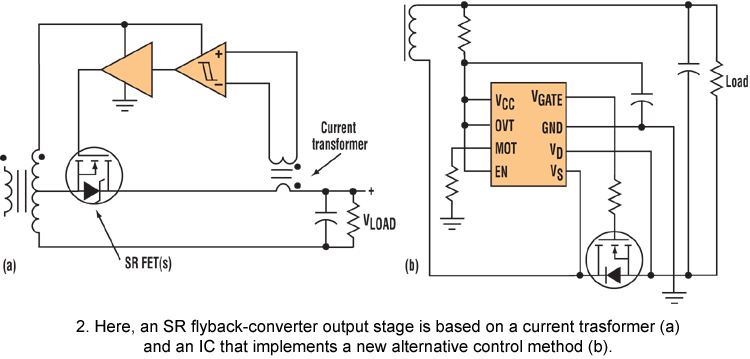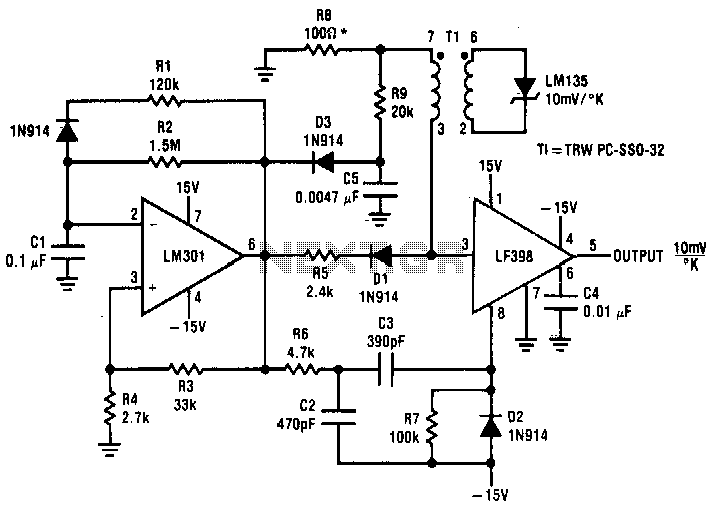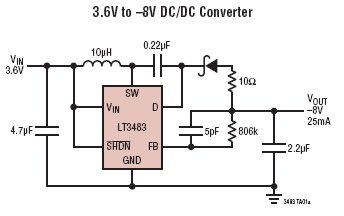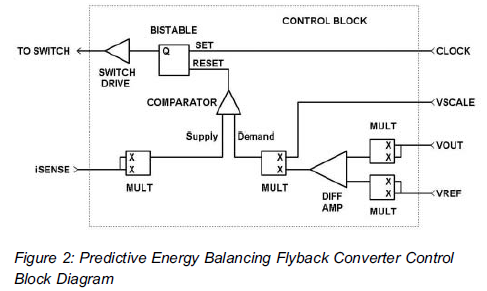
Triangle-to-sine converters
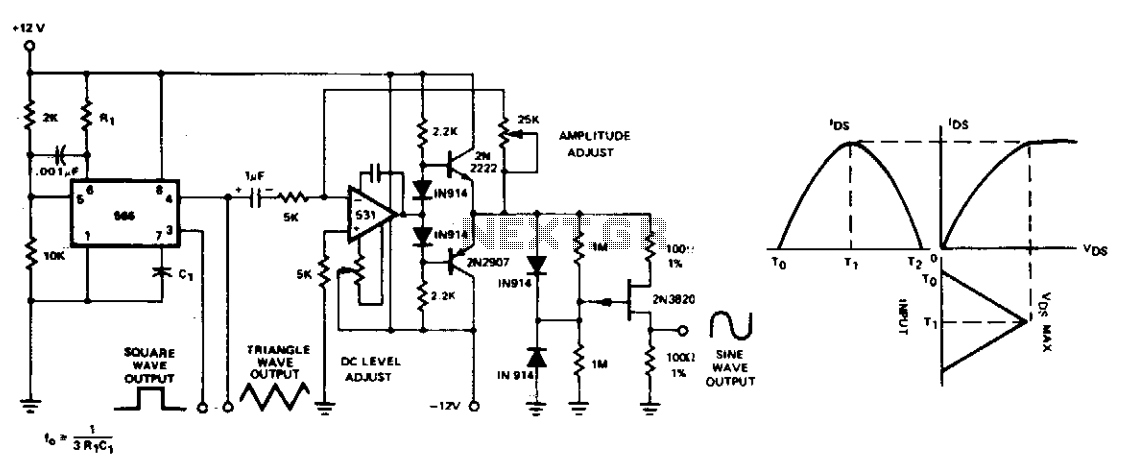
The conversion of triangle waveforms to sinusoidal waveforms is typically achieved using diode-resistor shaping networks, which effectively reconstruct the sine wave segment by segment. Two simpler and more cost-effective methods can be employed to shape the triangle waveform of the 566 into a sinusoid with less than 2% distortion. A non-linear IDSVDS transfer characteristic of a P-channel junction FET is utilized for this waveform shaping.
The amplitude of the triangle waveform is critical and must be meticulously adjusted to obtain a low distortion sinusoidal output. When greater waveform accuracy is required, the diode-resistor shaping technique can be applied to the 566, yielding excellent results due to its high output amplitude stability when powered by a regulated supply.
The conversion process begins with the generation of a triangle waveform, which is characterized by its linear rise and fall times. This waveform is then fed into a shaping circuit, which can include a P-channel junction FET. The non-linear characteristics of the FET facilitate the transformation of the linear triangle waveform into a more sinusoidal shape by exploiting its IDSVDS transfer function.
In practical applications, the triangle waveform amplitude should be set within a specific range to minimize distortion in the resultant sinusoidal output. This involves precise adjustments to the input signal before it enters the shaping circuit. For applications requiring high fidelity, the diode-resistor shaping network provides an alternative solution. This network allows for fine-tuning of the waveform characteristics and can significantly enhance the accuracy of the output signal.
The diode-resistor network operates by selectively clipping and smoothing the triangle waveform, effectively converting its sharp edges into the smoother transitions characteristic of a sine wave. The stability of the output amplitude when using a regulated power supply is crucial, as fluctuations in supply voltage can lead to variations in the output waveform, potentially introducing distortion. Thus, ensuring a stable operating environment is essential for achieving high-quality sinusoidal outputs from triangle waveforms.Conversion of triangle wave shapes to sinusoids is usually accomplished by diode-resistor shaping networks, which accurately reconstruct the sine wave segment by segment. Two simpler and less costly methods may be used to shape the triangle waveform of the 566 into a sinusoid with less than 2% distortion.
The non-linear IDSVDS transfer characteristic of a P-channel junction FET is used to shape the triangle waveform. The amplitude of the triangle waveform is critical and must be carefully adjusted to achieve a low distortion sinusoidal output. Naturally, where additional waveform accuracy is needed, the diode-resistor shaping scheme can be applied to the 566 with excellent results since it has very good output amplitude stability when operated from a regulated supply.
The amplitude of the triangle waveform is critical and must be meticulously adjusted to obtain a low distortion sinusoidal output. When greater waveform accuracy is required, the diode-resistor shaping technique can be applied to the 566, yielding excellent results due to its high output amplitude stability when powered by a regulated supply.
The conversion process begins with the generation of a triangle waveform, which is characterized by its linear rise and fall times. This waveform is then fed into a shaping circuit, which can include a P-channel junction FET. The non-linear characteristics of the FET facilitate the transformation of the linear triangle waveform into a more sinusoidal shape by exploiting its IDSVDS transfer function.
In practical applications, the triangle waveform amplitude should be set within a specific range to minimize distortion in the resultant sinusoidal output. This involves precise adjustments to the input signal before it enters the shaping circuit. For applications requiring high fidelity, the diode-resistor shaping network provides an alternative solution. This network allows for fine-tuning of the waveform characteristics and can significantly enhance the accuracy of the output signal.
The diode-resistor network operates by selectively clipping and smoothing the triangle waveform, effectively converting its sharp edges into the smoother transitions characteristic of a sine wave. The stability of the output amplitude when using a regulated power supply is crucial, as fluctuations in supply voltage can lead to variations in the output waveform, potentially introducing distortion. Thus, ensuring a stable operating environment is essential for achieving high-quality sinusoidal outputs from triangle waveforms.Conversion of triangle wave shapes to sinusoids is usually accomplished by diode-resistor shaping networks, which accurately reconstruct the sine wave segment by segment. Two simpler and less costly methods may be used to shape the triangle waveform of the 566 into a sinusoid with less than 2% distortion.
The non-linear IDSVDS transfer characteristic of a P-channel junction FET is used to shape the triangle waveform. The amplitude of the triangle waveform is critical and must be carefully adjusted to achieve a low distortion sinusoidal output. Naturally, where additional waveform accuracy is needed, the diode-resistor shaping scheme can be applied to the 566 with excellent results since it has very good output amplitude stability when operated from a regulated supply.
